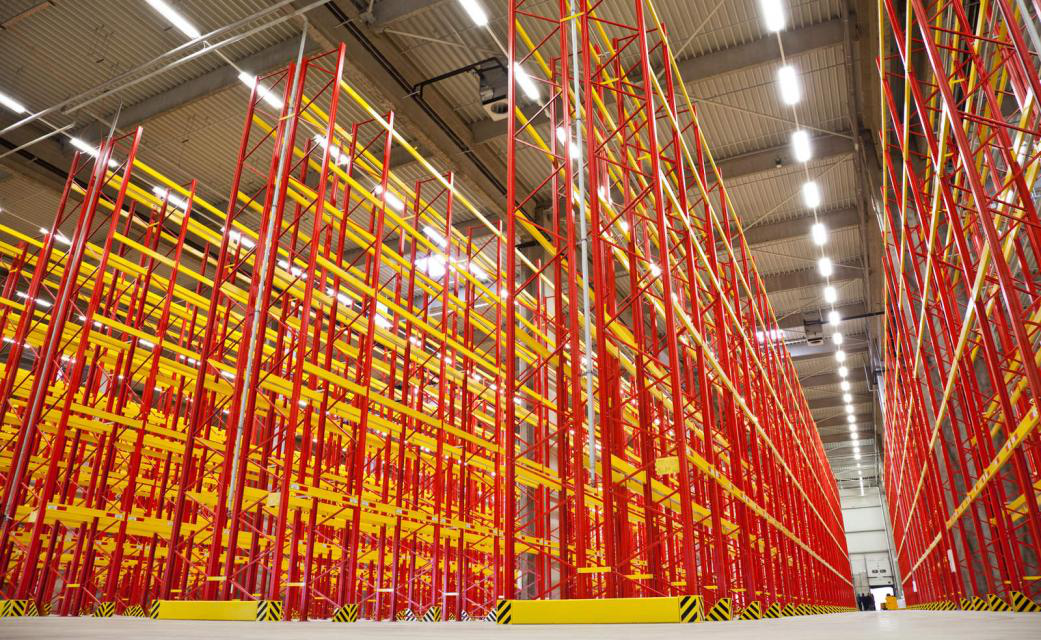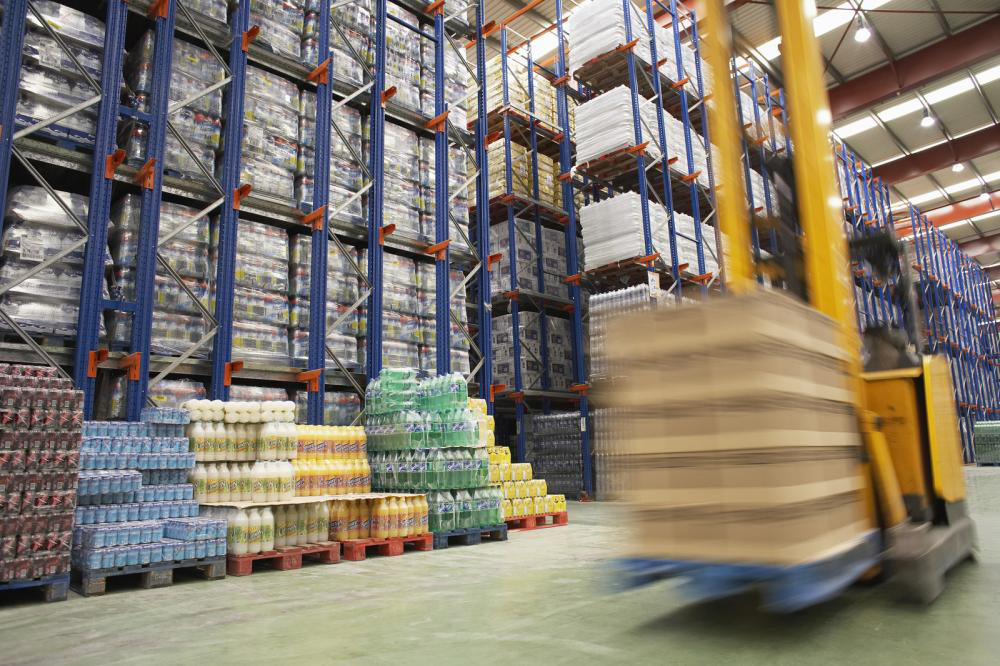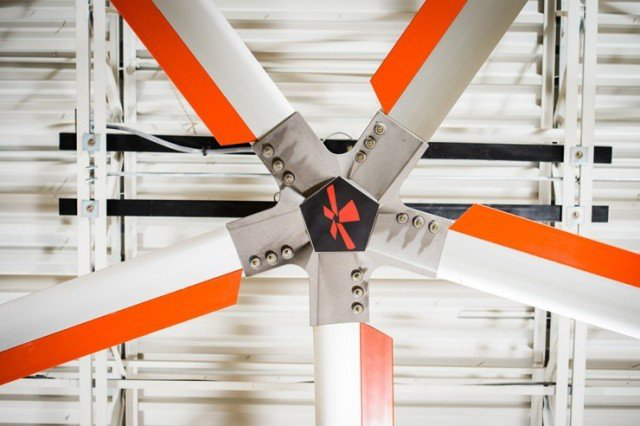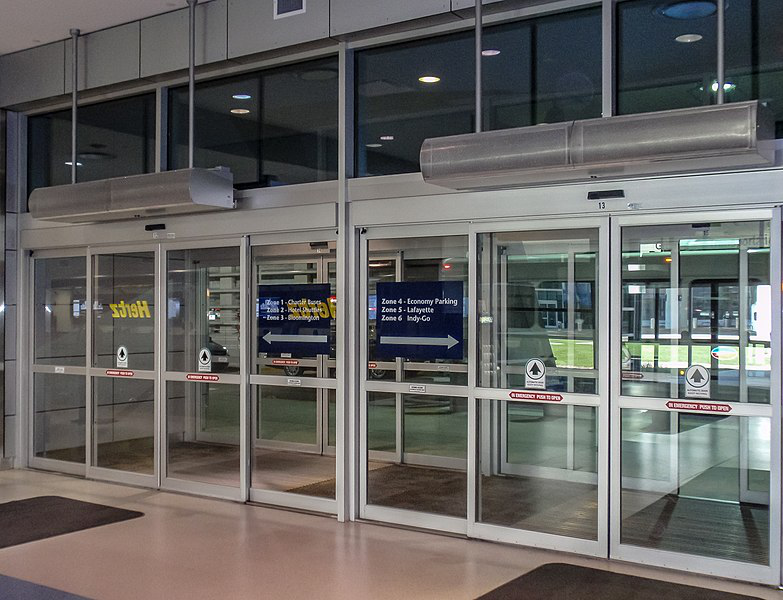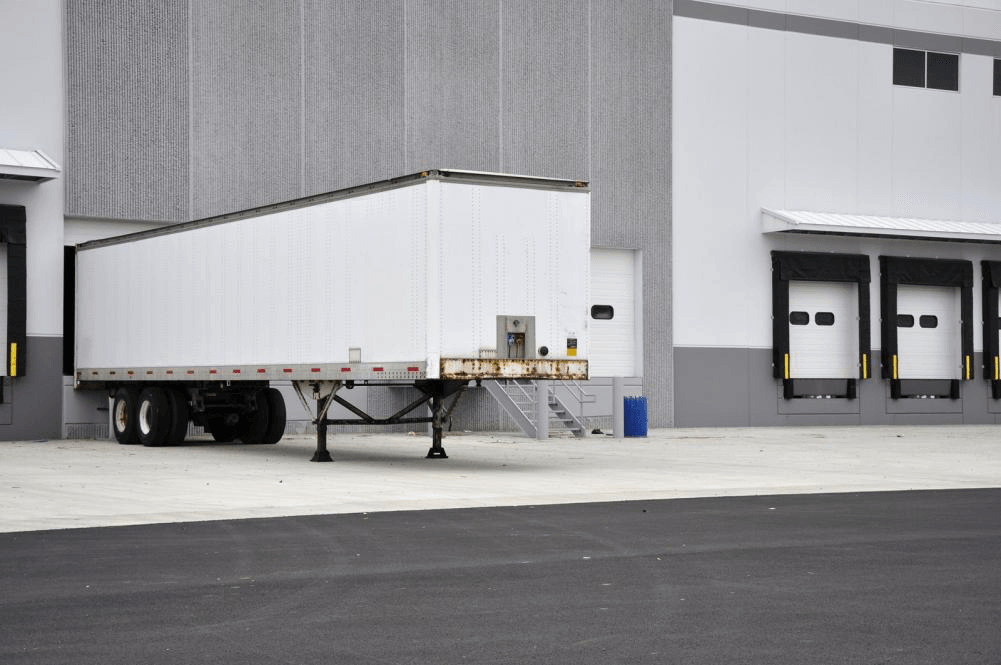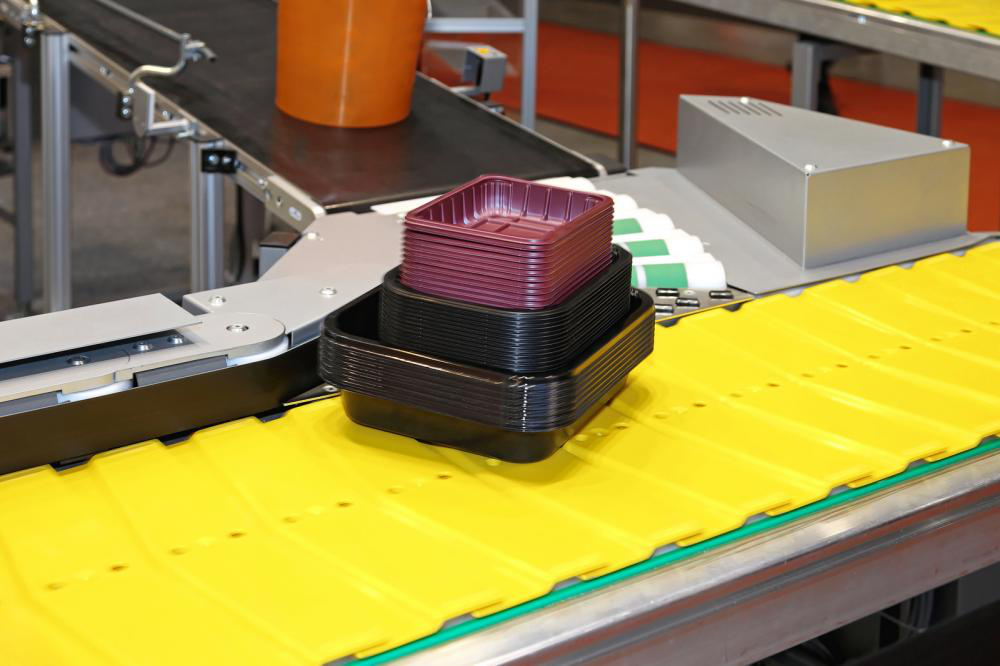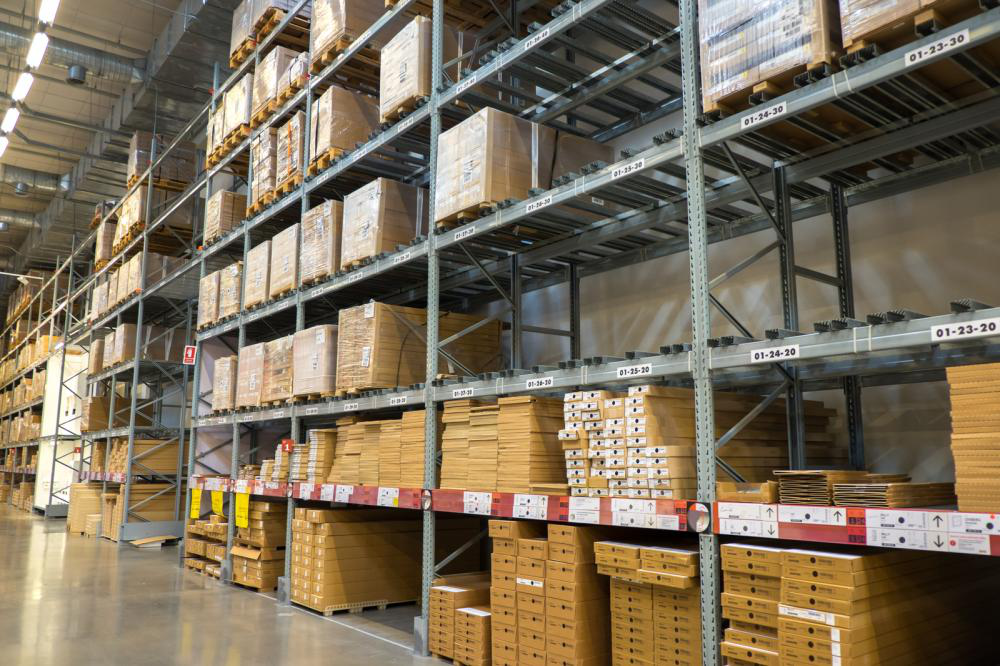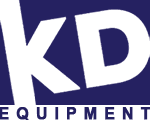Determining the Cost of an HVLS Fan
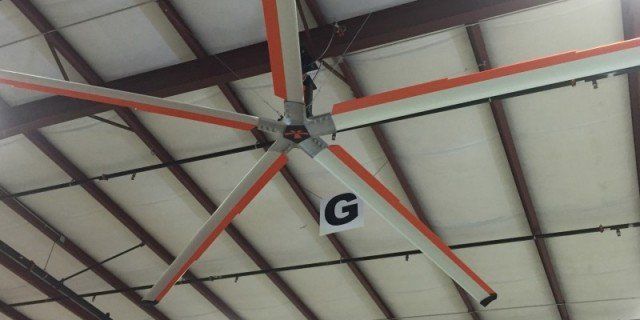
Because of their affordability, versatility and the amazing energy-saving benefits they offer, High Volume Low Speed (HVLS) fans have become extremely popular within the industrial landscape. From large warehouses, to storage facilities, to manufacturing plants, all types of enterprises are installing HVLS fans to reduce energy consumption and optimize airflow in their buildings.
Because of this recent spike in demand, manufacturers of HVLS fans are now offering products in a variety of shape, size and specifications. While the increased number of options is certainly a positive, it does make it challenging to evaluate the cost of an HVLS fan.
The following factors are the biggest influencers when it comes to the price of an HVLS fan.
The Size
The size of an HVLS fan is directly proportional to the volume of air it pushes down. In other words, the bigger the fan the more powerful it is.
Installation
Installation is something that most buyers forget to consider when looking to purchase an HVLS fan. However, it can contribute a significant amount to the final cost of the fan. But, don’t make the mistake of cutting corners and saving money during installation. In fact, paying a little extra here can help you make the most of the HVLS fan.
A poorly installed HVLS fan will not only fail to optimize the airflow in your facility, but will also increase your energy bills – two things that will impact the ROI of your fan.
The Air Exchange Rate
An HVLS fan works by moving large volumes of air, a process which creates a slightly negative pressure in the room. The unit of measurement of this process is referred to as the “air exchange rate” or ac/h for short.
So how exactly is an HVLS fan’s air exchange rate measured? Well, it involves the usage of tracer gases which are not naturally found in a room. After the fan has been used in a room for a specific period of time, the concentration of the tracer gases is measured, with the results indicating the amount of air the fan can move. Rising hot air can sometimes have enough heat to overcome the cool air the fan is pushing down. Therefore, the fan must have an air exchange rate that’s high enough to cool the area it’s installed in. Typically, HVLS fans with a higher AC/H rate are more expensive.
With over three decades of experience in providing high-quality warehouse solutions, KD Equipment is one of the biggest names in the warehouse equipment industry. Based in Florida , we provide a wide variety of warehouse equipment including HVLS fans , air doors , and loading dock accessories. Get in touch with us for further information.
